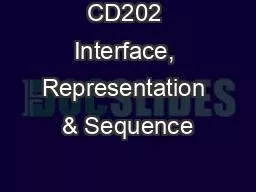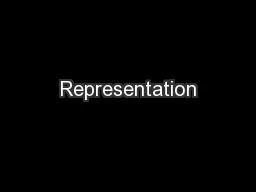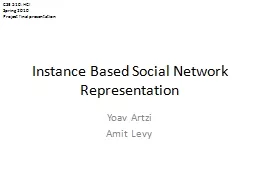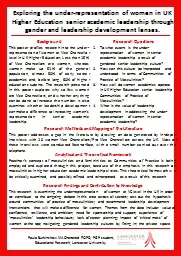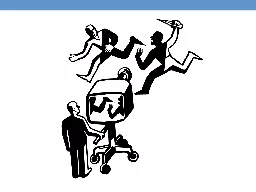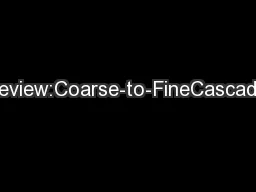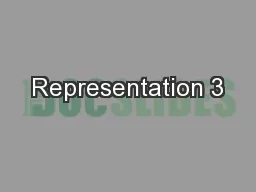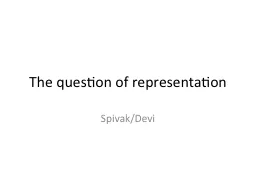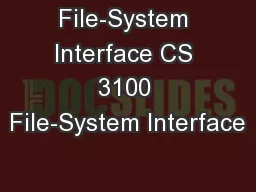PPT-CD202 Interface, Representation & Sequence
Author : lindsaybiker | Published Date : 2020-07-03
Analysing visual sequence Course created by Sarah Phillips sphillips lecturersbillyblueeduau BBCD Melbourne BAPDCOM Version 1 February 2013 http bbcdcomdesweeblycom
Presentation Embed Code
Download Presentation
Download Presentation The PPT/PDF document "CD202 Interface, Representation & Se..." is the property of its rightful owner. Permission is granted to download and print the materials on this website for personal, non-commercial use only, and to display it on your personal computer provided you do not modify the materials and that you retain all copyright notices contained in the materials. By downloading content from our website, you accept the terms of this agreement.
CD202 Interface, Representation & Sequence: Transcript
Download Rules Of Document
"CD202 Interface, Representation & Sequence"The content belongs to its owner. You may download and print it for personal use, without modification, and keep all copyright notices. By downloading, you agree to these terms.
Related Documents

